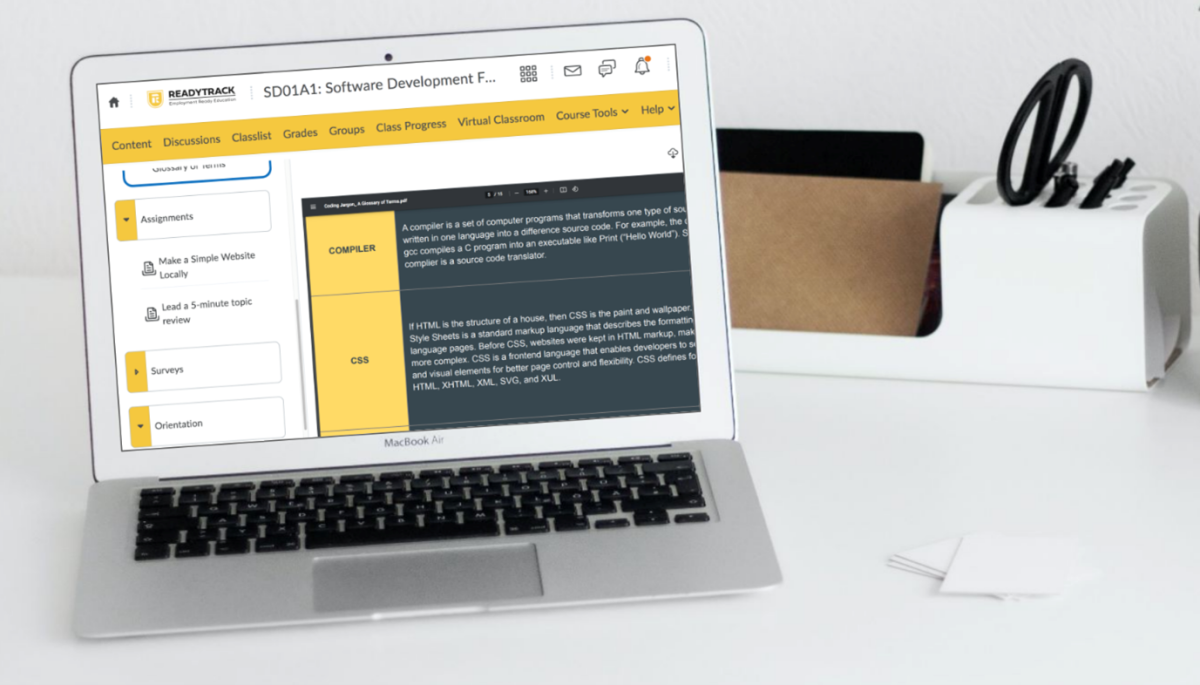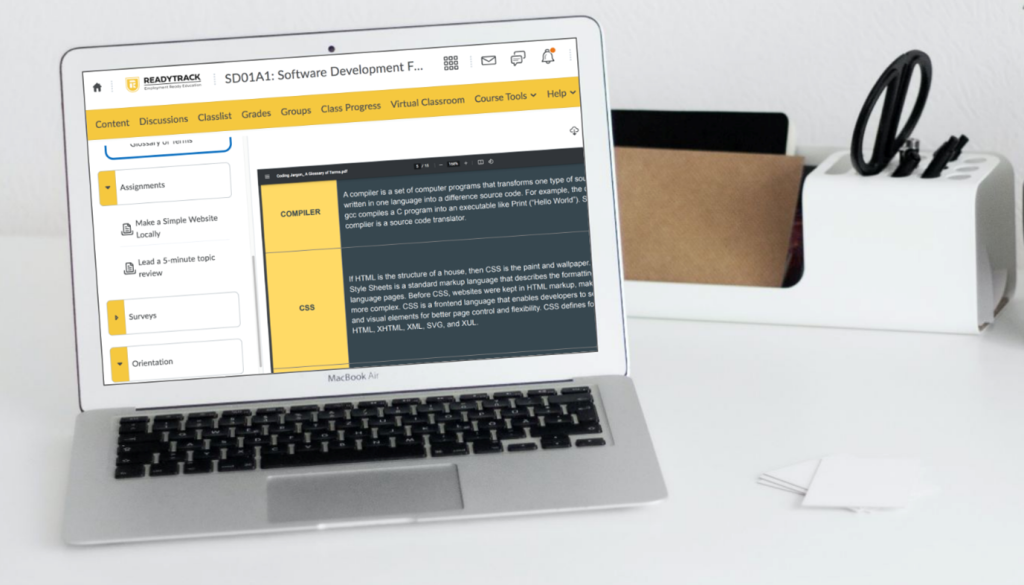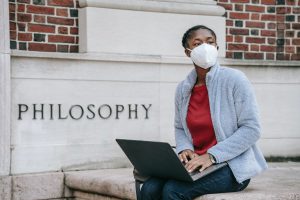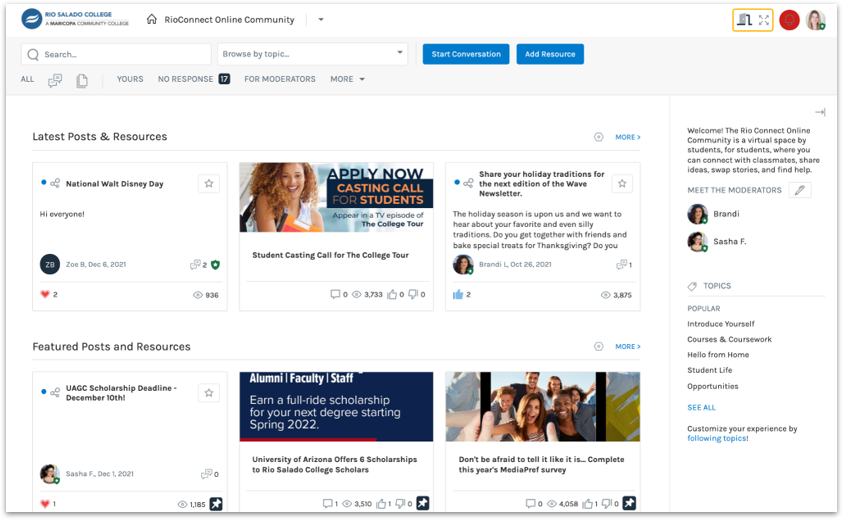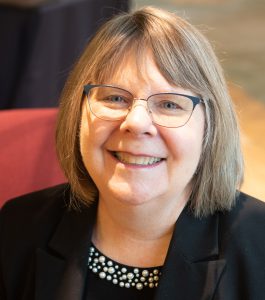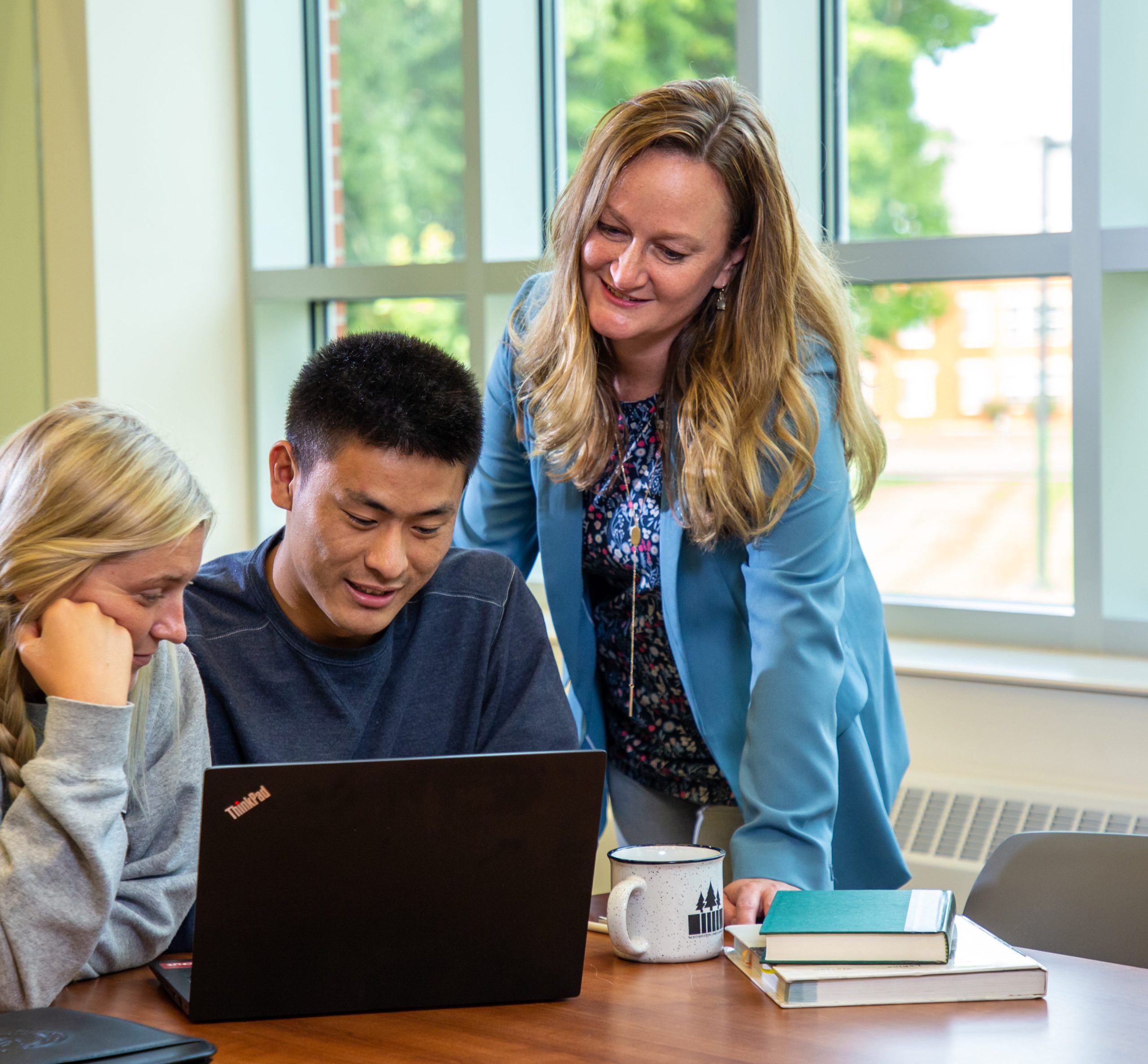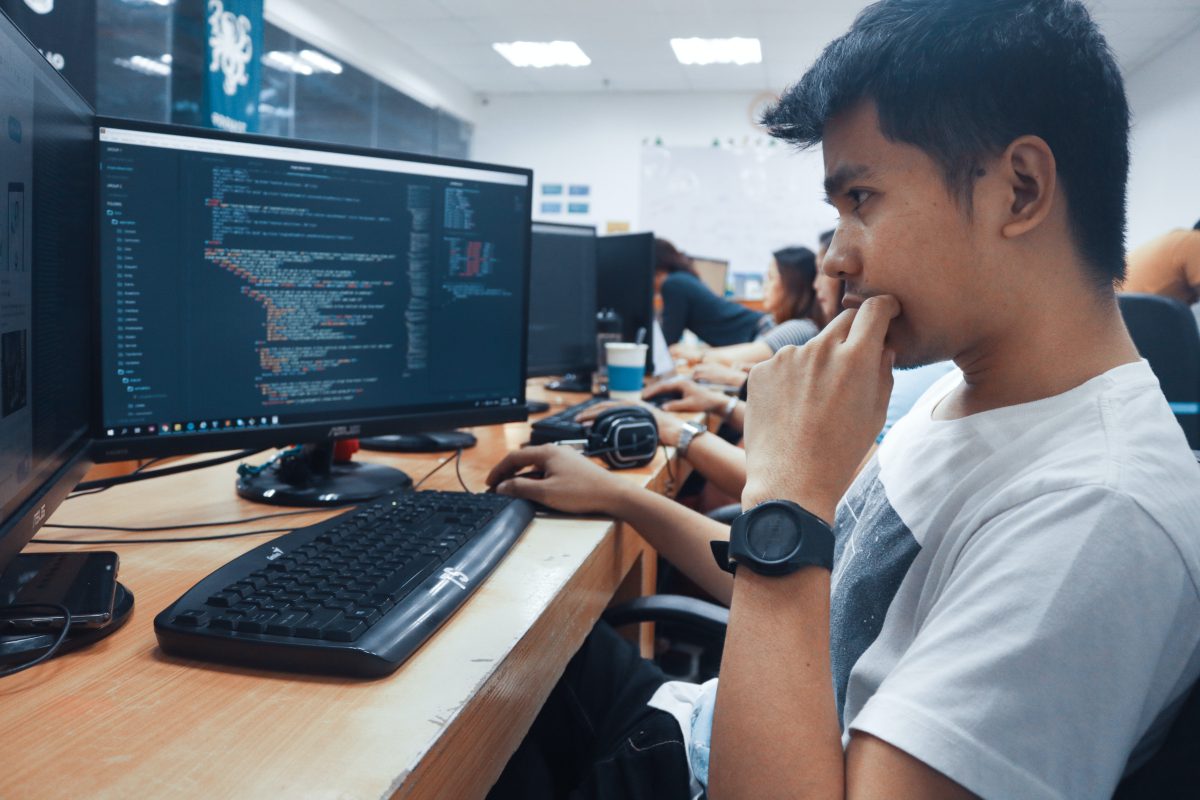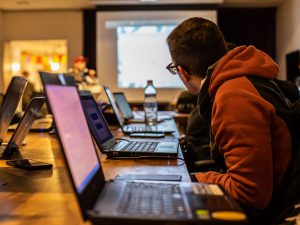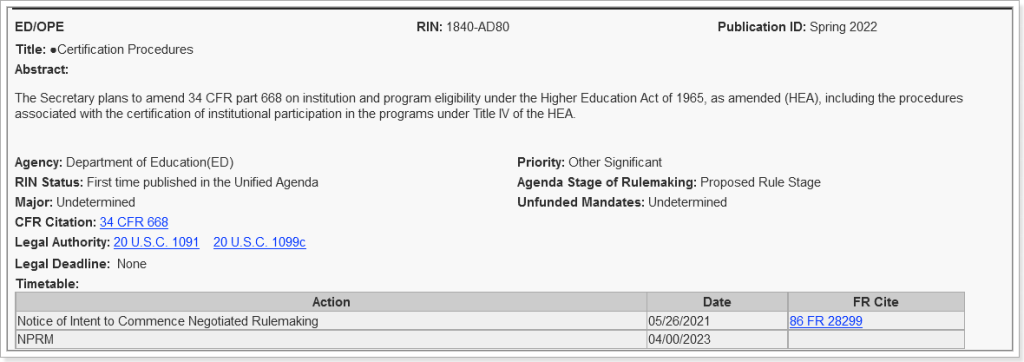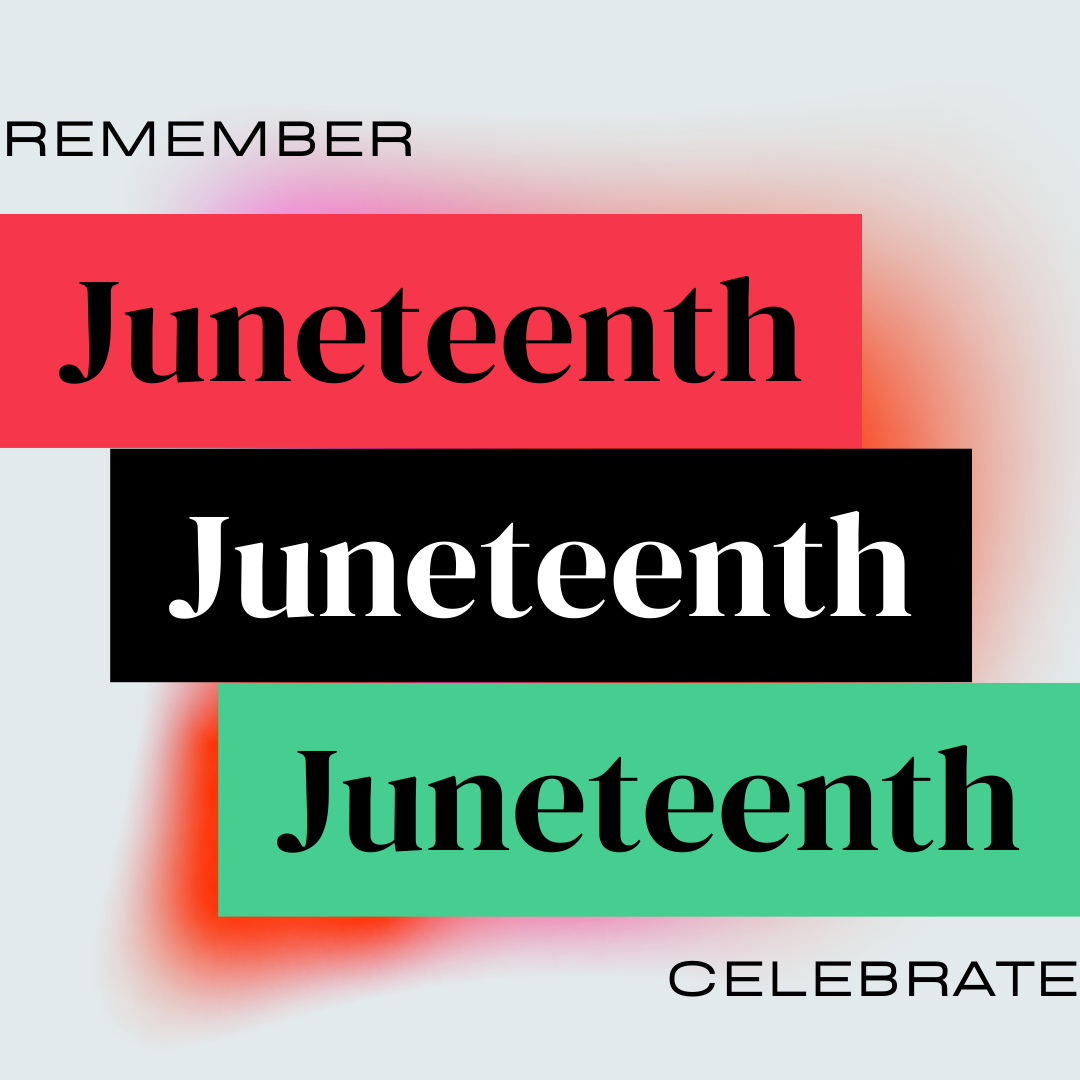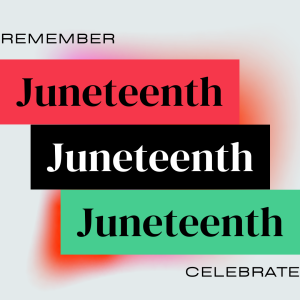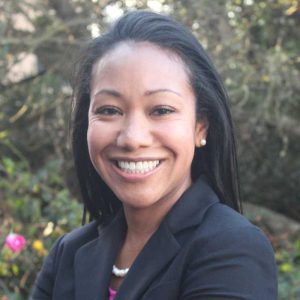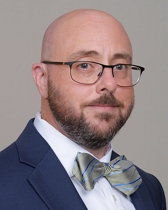In November 2019, the WCET community of higher education digital learning leaders and practitioners met in Denver for one of our largest and most successful Annual Meetings. At the end of the event, we were excited to see everyone the following year for our first Annual Meeting in Indiana in fall 2020. Little did we know that we’d instead be planning a fully virtual event.
Flash forward to two very long years later, we are eager to be together in Denver once again. We planned for a smaller, more intimate event as we know networking and connecting with people is something we are all craving. We have missed you! We’ve also missed interactive sessions, endless cups of strong coffee, hallway conversations, and more, which I highlight below.
What We’ve Planned for 2022: A Timely, Interactive, and Distinctive Program
Our main goal for each year’s WCET Annual Meeting program is to showcase the incredible people in our field who join us to share their expertise, lessons learned, and good practices in advancing digital learning. This year is no exception, the conference program is a unique blend of unconference sessions, workshops, loosely organized conversations, and more. All sessions will be interactive and include key take-a-ways. This year’s topics include:
- Microcredentials.
- Equitable access for digital learners.
- Strategic planning and change management.
- Academic integrity.
- Rubrics for evaluating technology and accessibility.
- Student-centered learning.
- OPMs (the good, the bad, and the caveats).
- Cultivating community across the institution and despite the modality.
2022 General Sessions
This year’s general sessions feature inspiring speakers that are truly impacting learners. Our closing keynote is Dr. Mordecai Brownlee, who will share about Utilizing Technology to Create Mission-Driven and Equity-Centered Academic Pathways and his journey as a Community College President in a rapidly evolving landscape.
Policy sessions
WCET is known for bringing regulatory and policy updates to the community and translating key policy issues. We highlight what you need to know and how each issue will impact your day-today, so you don’t have to! This year’s policy related sessions include topics like:
- Regular and Substantive Interaction.
- Compliance Management for Out-of-State Activities.
- Emerging Challenges in Distance and Digital Education Accreditation.
- What’s next with Negotiated Rulemaking.
- Professional Licensure.
2022 Speakers
Beyond the topics, it’s the people. We have an all-star roster of speakers and can’t wait for you to connect with them. Here are a few of the speakers for this year, but there are many more – check out the 2022 Speakers page.
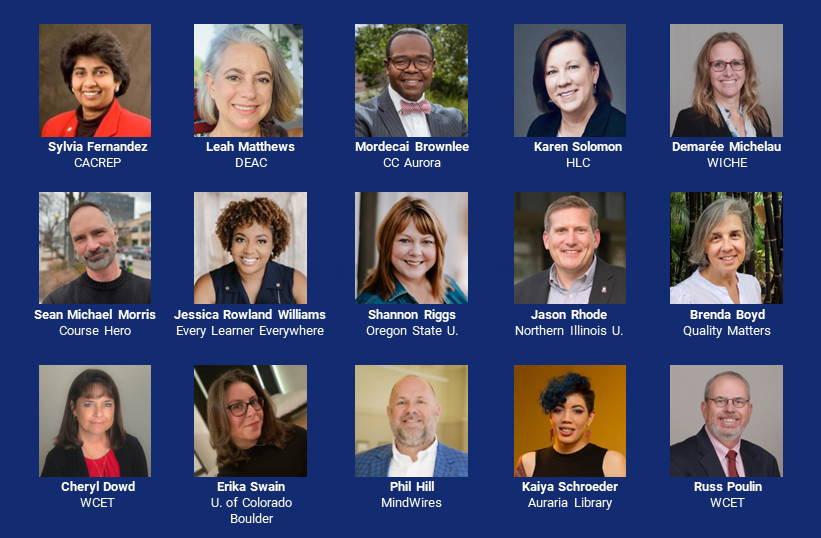
Exciting Additions to the Program
WCET + ASWE
Announced earlier this week, USDLA has handed the IFWE torch off to WCET. IFWE was the International Forum for Women in E-Learning and has been rebranded as ASWE, the Annual Summit for Women in eLearning. The 2022 WCET Annual Meeting will include an open house reception and book club for ASWE alumni and those interested in participating in future ASWE events. In odd years, the full ASWE summit will occur in conjunction with the WCET Annual Meeting. The first WCET + ASWE event will take place in New Orleans, Louisiana in October 2023.
2022 WCET Awards
The pomp and circumstances of awards is not quite the same on a virtual platform so we are ecstatic that we will be back in person to applaud and stand collectively to recognize our esteemed awardees during lunch on October 20. Another benefit of being on our home turf is that those named for two of our highest honors, the Dick Jonsen and Mollie McGill award and the Sally M. Johnstone awards will be present to bestow honors on the awardees who will be announced in-person.
The WCET Outstanding Work (WOW) Awards honor institutions or individuals who are advancing learner access and success through postsecondary digital learning for a more equitable world. Awardees will be highlighted in the WCET Frontiers Blog, Frontiers Podcast, and invited to attend the WCET Annual Meeting at a significantly discounted rate.
The Dick Jonsen & Mollie McGill Award is given each year to an individual who has made a significant contribution to the digital learning community and WCET during his or her career.
The Sally M. Johnstone Award recognizes a professional who has made an outsized contribution for their ‘rank’ to the digital teaching and learning community with the intention of recognizing thought leadership, excellence in practice, and demonstrated leadership capabilities.
The SANsational Award recognizes outstanding efforts by SAN member institutions and organizations in developing a high-quality, comprehensive solution to a challenging state authorization issue.
Networking Events
Register before the early bird
rate expires on August 24
We know that connection is vital and that we have all been craving the opportunity to chat with our peers and build our networks in a face-to-face environment. Zoom has been an incredible asset over the past few years, but the WCET Annual Meeting is exclusively in-person because we know attendees aren’t traveling to view a screen, more so now than ever, they want to connect and share their stories. We have built in numerous opportunities for meeting and greeting including a welcome reception, group dinners, young professionals meet-up, and our popular 5K run/walk.
Heading Back to Denver

See You In…
How fitting that we are back at the Mile High City, after a two-year break from in-person conferences? Our host hotel, the Denver Downtown Hilton, is located near fantastic restaurants, shopping, and culture. Hockey fan? We’ll be planning a group outing to watch the 2022 Stanley Cup winners, the Colorado Avalanche, play on their home ice. And Denver International Airport has made numerous improvements to increase efficiencies and traveler experience. We hope you are excited to come back to Denver too!
I could go on and on about all the reasons I’m thrilled to be back in-person for our 34th Annual Meeting, but the most important reason for me, is the people. The WCET Community is the most generous, smart, and dedicated group of digital learning postsecondary education professionals around. I constantly learn from our members and the WCET community and look forward to learning more about you and the work you are doing for students when we connect in Denver, October 19-21. Book your hotel room while rooms remain and make sure to register before the early-bird rate expires on August 24. See you soon friends! It’s been way too long!

